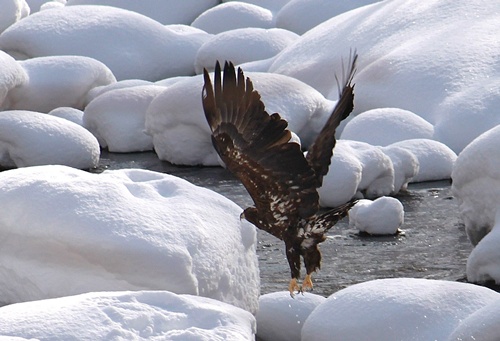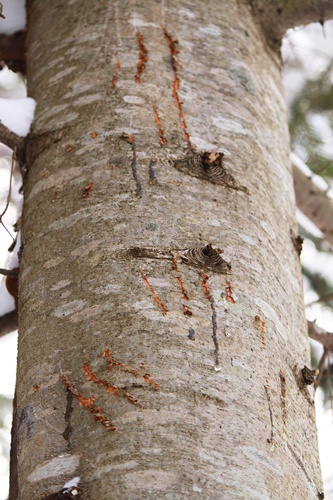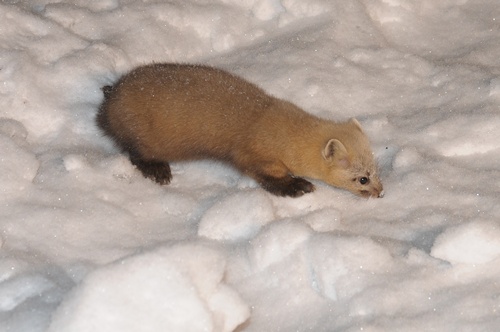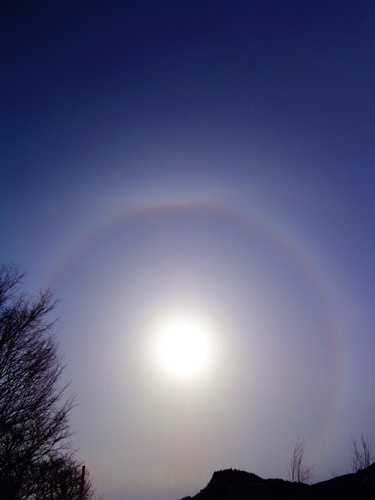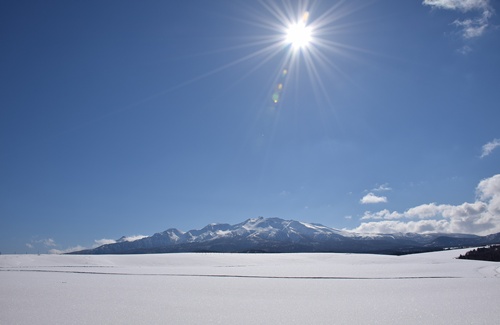While walking along the Ishikari River, I suddenly heard a rustling sound.
I had just stumbled on Haliaeetus albicilla taking flight.
Even when seen up close, the bird has a massive and majestic aura.
It skimmed the river’s surface and then suddenly gained altitude and disappeared deep into the gorge.
Photo: Haliaeetus albicilla at Sounkyo Feb. 20
I had just stumbled on Haliaeetus albicilla taking flight.
Even when seen up close, the bird has a massive and majestic aura.
It skimmed the river’s surface and then suddenly gained altitude and disappeared deep into the gorge.
Photo: Haliaeetus albicilla at Sounkyo Feb. 20
